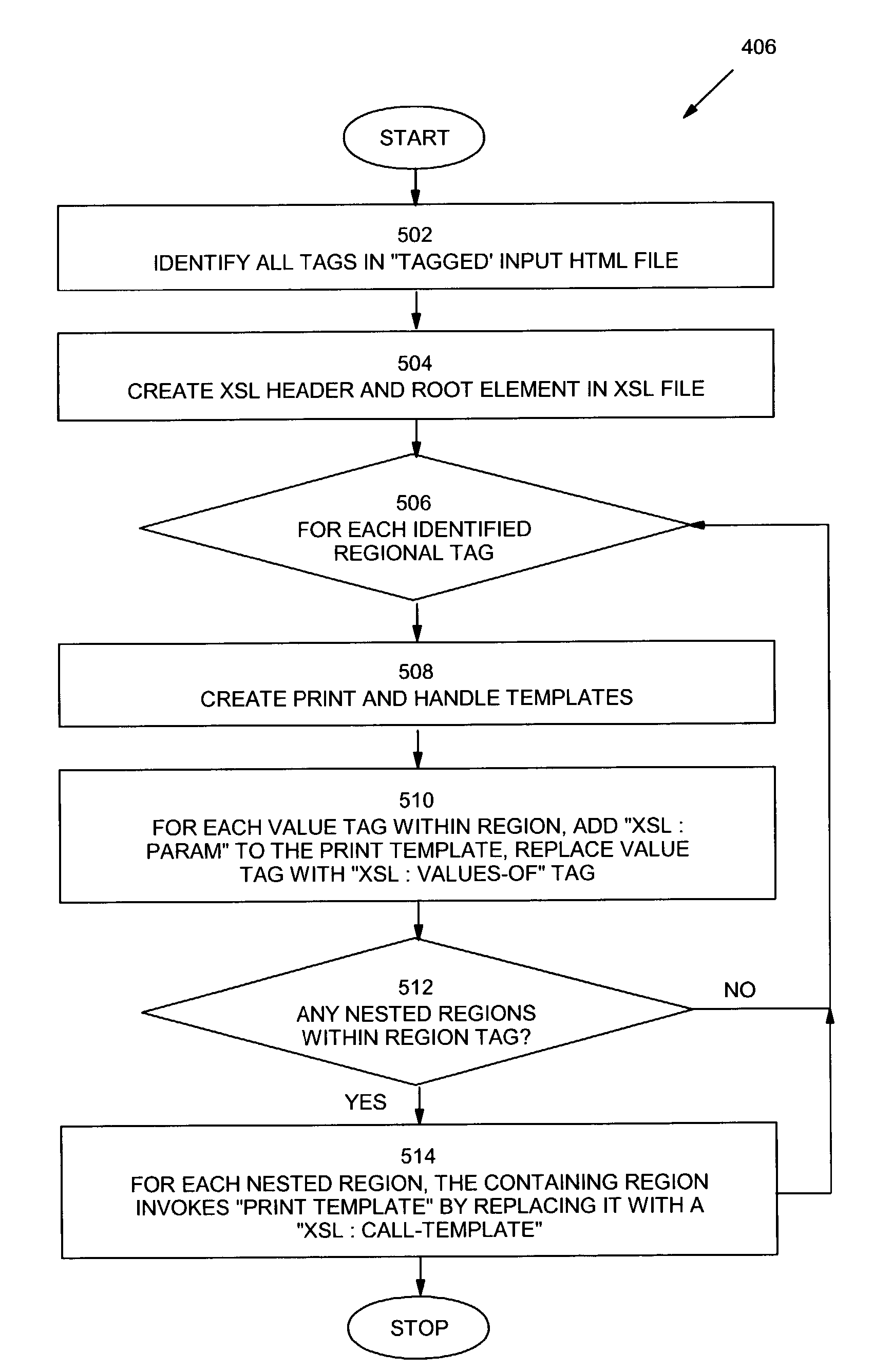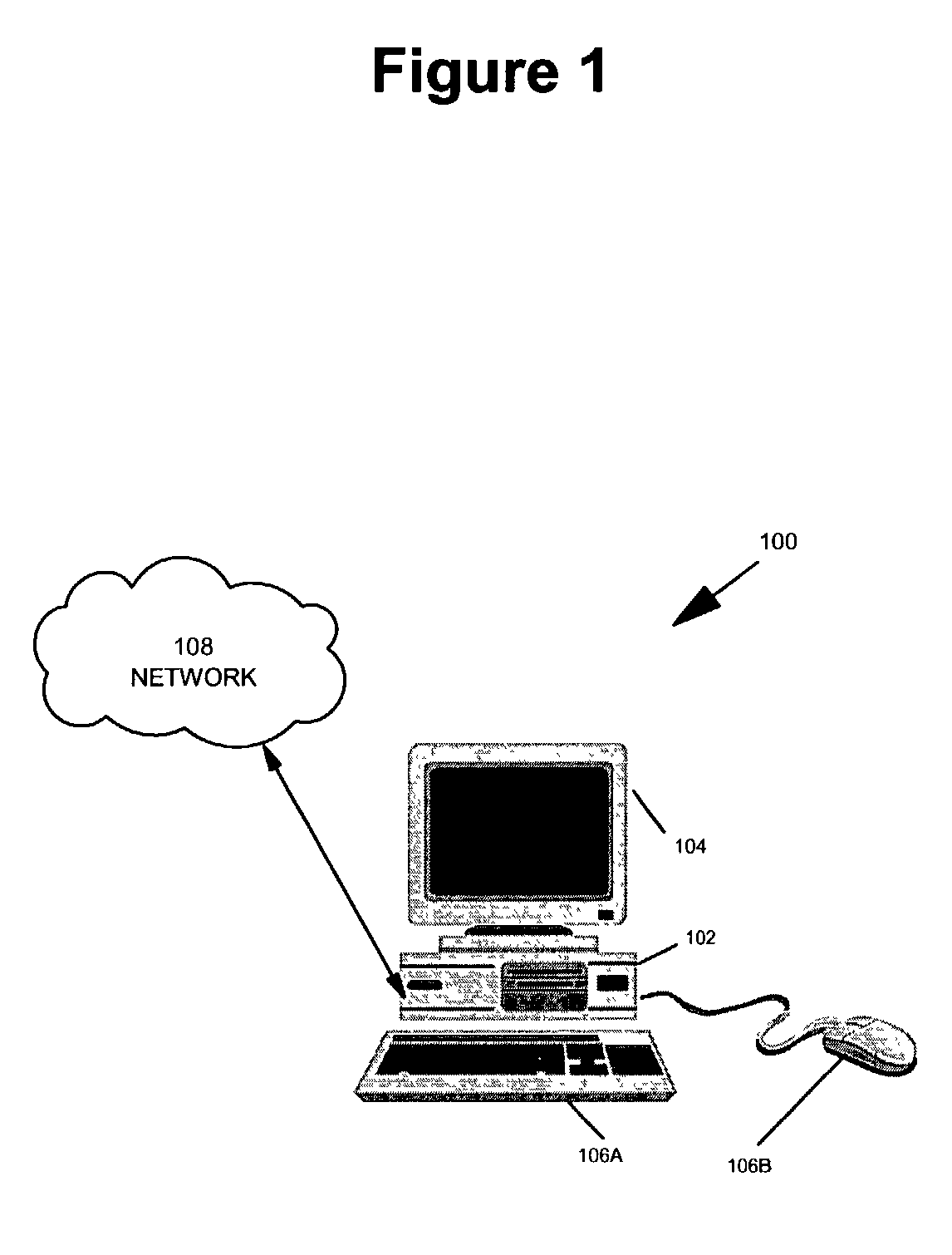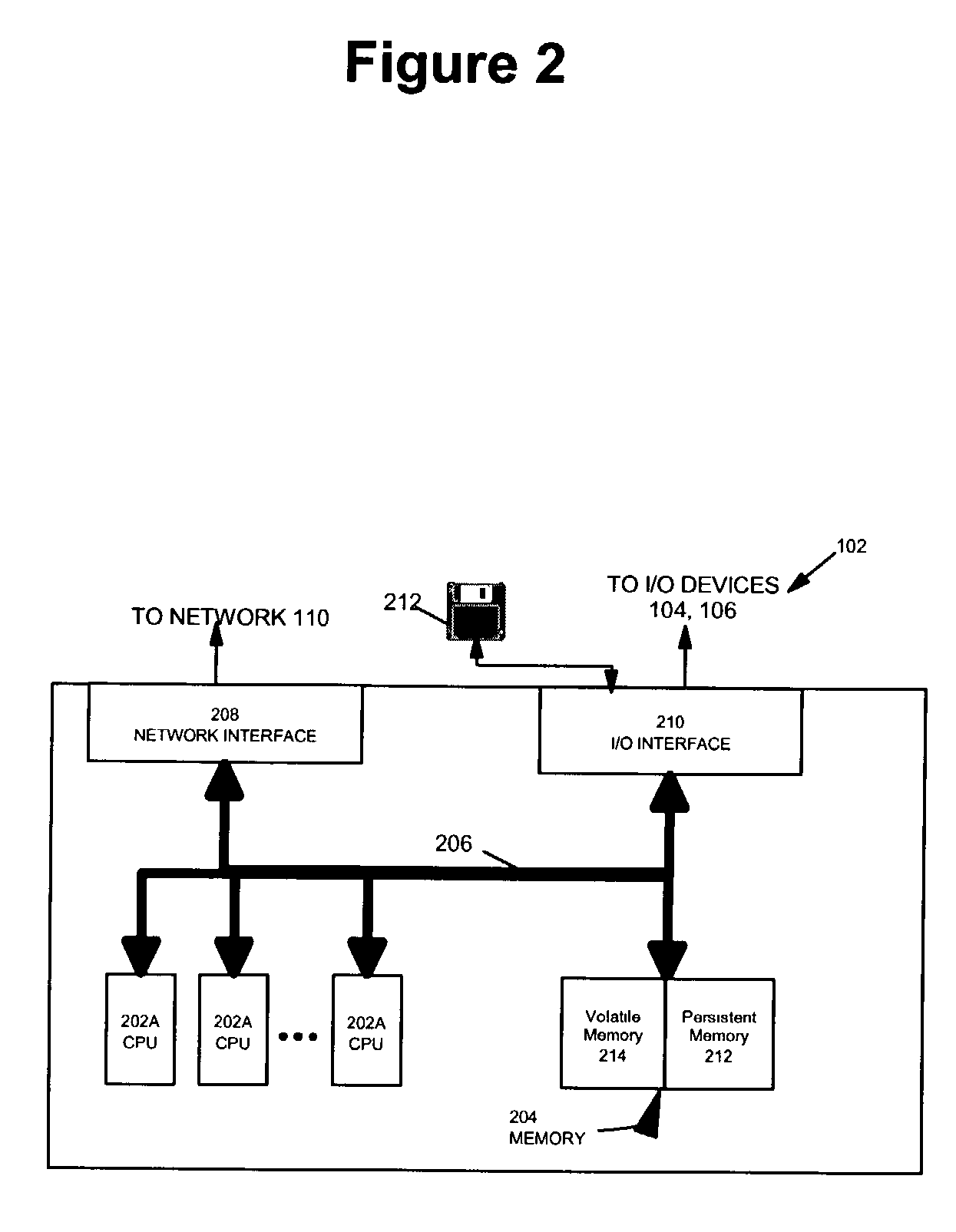Converting markup language files
a markup language and file technology, applied in the field of files, can solve the problems of requiring these creators to learn, understand and develop xsl code, and the use of these stylesheets is not particularly common and certainly not widespread, so as to improve service side performance, improve runtime performance, and accelerate response.
- Summary
- Abstract
- Description
- Claims
- Application Information
AI Technical Summary
Benefits of technology
Problems solved by technology
Method used
Image
Examples
Embodiment Construction
[0036]It is to be understood that the particular orders of steps or operations described or shown herein are not to be understood as limiting the scope of the general aspects of the invention provided that the result for the intended purpose is similar. As will be understood by those skilled in the art, it is often possible to perform steps or operations in a different order yet obtain the same result. This is often particularly true when implementing a method of steps or operations using computer technology.
[0037]To better understand the various portions described below, a general overview is provided so as to provide an overall context for ease of understanding. It is to be understood that this overview is exemplary of an embodiment of the invention is not to be limiting on the scope of the invention.
[0038]In overview, an HTML file is input to the HTML-XML-XSL processor (hereinafter the “code generator”) which generates the XML and XSL code which separates the content and presenta...
PUM
 Login to View More
Login to View More Abstract
Description
Claims
Application Information
 Login to View More
Login to View More - R&D
- Intellectual Property
- Life Sciences
- Materials
- Tech Scout
- Unparalleled Data Quality
- Higher Quality Content
- 60% Fewer Hallucinations
Browse by: Latest US Patents, China's latest patents, Technical Efficacy Thesaurus, Application Domain, Technology Topic, Popular Technical Reports.
© 2025 PatSnap. All rights reserved.Legal|Privacy policy|Modern Slavery Act Transparency Statement|Sitemap|About US| Contact US: help@patsnap.com



